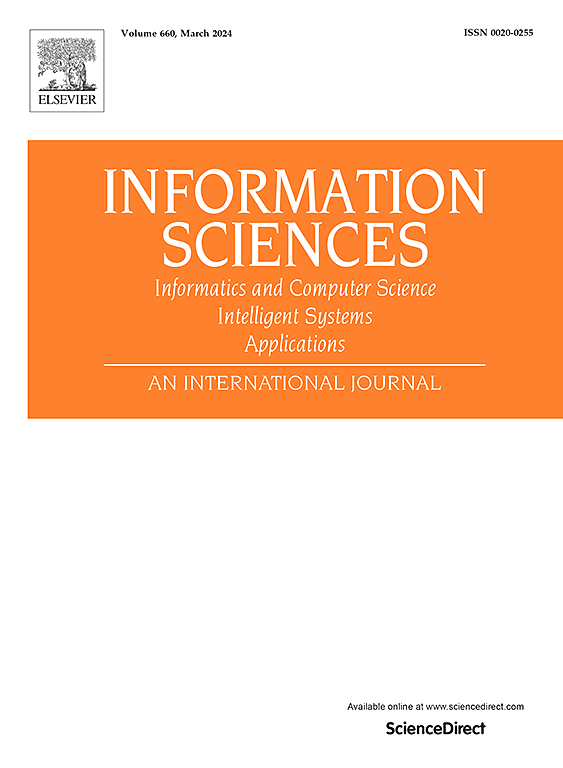利用深度学习和强化学习进行电力负荷预测
IF 8.1
1区 计算机科学
0 COMPUTER SCIENCE, INFORMATION SYSTEMS
引用次数: 0
摘要
在智能电网发展中,准确的电力负荷预测对平衡电力供需起着至关重要的作用。虽然混合预测技术在电力负荷预测中越来越受欢迎,但现有的预测模块往往依赖于传统的模型,如统计方法、机器学习和长短期记忆(LSTM),这限制了它们的多样化应用。为了解决这一挑战,我们开发了一种新的多因素、多尺度的电力负荷预测方法。该方法包括三个步骤:首先,利用噪声辅助的多尺度变分模态分解(NA-MVMD)方法对电力负荷和气象因子进行多尺度分解,捕捉时间特征;接下来,使用自适应Nesterov动量算法(Adan)和反向变压器(ittransformer)为每个分解生成单独的预测。最后,利用Dueling Deep Q-Network强化学习方法确定各预测结果对应的权值,并对结果进行加权求和。利用纽约市数据集的实证研究表明,与其他竞争对手相比,所提出的模型具有鲁棒稳定性和较高的预测精度。这些发现揭示了它有效地为智能电网优化策略提供信息的潜力。本文章由计算机程序翻译,如有差异,请以英文原文为准。
Power load forecasting using deep learning and reinforcement learning
Accurate power load forecasting plays a pivotal role in balancing power supply and demand within smart grid development. While hybrid forecasting technologies have gained popularity in power load forecast, existing forecasting modules often rely on traditional models such as statistical methods, machine learning, and long short-term memory (LSTM), which limits their diverse applications. To resolve this challenge, we develop a novel multi-factor and multi-scale power load forecasting method. The proposed method comprises three steps: firstly, power loads and meteorological factors are decomposed using the noise-assisted multivariate variational mode decomposition (NA-MVMD) method across multiple scales, capturing temporal characteristics. Next, individual forecast is generated for each decomposition using the adaptive Nesterov momentum algorithm (Adan) and inverted transformer (iTransformer). Finally, the weights corresponding to each prediction result are determined using the Dueling Deep Q-Network reinforcement learning method, and the results are aggregated by weighted summation. The empirical study using the New York City dataset demonstrates that the proposed model achieves robust stability and high forecast accuracy comparing with other competitors. These findings reveal its potential to inform smart grid optimization strategies effectively.
求助全文
通过发布文献求助,成功后即可免费获取论文全文。
去求助
来源期刊

Information Sciences
工程技术-计算机:信息系统
CiteScore
14.00
自引率
17.30%
发文量
1322
审稿时长
10.4 months
期刊介绍:
Informatics and Computer Science Intelligent Systems Applications is an esteemed international journal that focuses on publishing original and creative research findings in the field of information sciences. We also feature a limited number of timely tutorial and surveying contributions.
Our journal aims to cater to a diverse audience, including researchers, developers, managers, strategic planners, graduate students, and anyone interested in staying up-to-date with cutting-edge research in information science, knowledge engineering, and intelligent systems. While readers are expected to share a common interest in information science, they come from varying backgrounds such as engineering, mathematics, statistics, physics, computer science, cell biology, molecular biology, management science, cognitive science, neurobiology, behavioral sciences, and biochemistry.
 求助内容:
求助内容: 应助结果提醒方式:
应助结果提醒方式:


